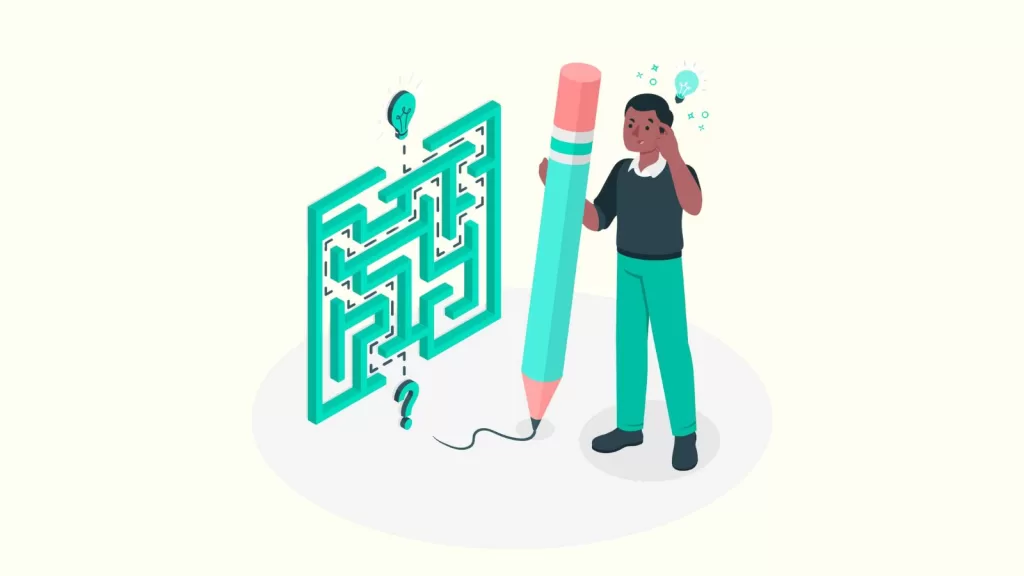As change practitioners, we often feel that we create success behind the scenes. We design great change experiences, and if all goes well, then people won’t notice it. By this, I mean that if the impacted person has a smooth experience, and there are no negative incidents or frustrations, then he/she won’t notice the change curve that had just occurred. However, there is more to this.
Analyzing the System
Designing and executing good change experiences is not just about how skillful the practitioner is. It’s about understanding the system. An effective change approach involves assessing what the change needs to be and diagnosing key components of the overall system required to transition impacted stakeholders from current to future. What are these?
For example, you are implementing a new system, and you hear that the last system implementation did not go smoothly. You conduct a series of interviews with key stakeholders to understand what happened. What you found was that there was insufficient drivership from leaders. There was adequate communication and training as a part of the rollout. However, the change was not sufficiently reinforced by middle managers, and therefore after the first 2 months where there was good traction, things slowly faded away. Users started to not use the new system.
In your analysis of the overall system, elements included:
- The extent of commitment and visible reinforcement from various leaders
- The understanding of the why and how this was communicated
- How effective learning interventions were
- Effectiveness of launch visibility on the behaviors of impacted stakeholders
- Influence of manager/leader levels on the behaviors of impacted stakeholders

Preventing Failures Through Problem-Solving
In Dan’s book, some of the key concepts of how one can become an invisible hero by problem-solving before the problem happens include:
- Focus on changing the overall system, versus just one problem
- Identify what has become normal and zoom in on this as a problem
- Systems can be complicated, and therefore when you tweak elements of the system expect the unexpected
- Design ongoing feedback to ensure ultimate success
- Detect problems before they arise by addressing any early warning signs
- Use key points of leverage to exert the greatest impact
By focusing on the overall system, the change practitioner can start to become less reactive and more proactive. A proactive situation is one where you’ve incorporated key risks and challenges and addressed these early on before issues happen. You’ve anticipated stakeholder concerns, potential embedment issues, lack of sponsorship, and ineffective reinforcement of stakeholder behaviors. This is what Dan Heath means by ‘upstream’, that you deal with problems before they occur.
Expanding Perspectives Across the Portfolio
Let’s take this one step further. Organizations are all implementing multiple initiatives. Stakeholders are not rats in the lab that only face one singular project. At any one time, they are usually facing multiple changes. Some large and some small. To truly look at the whole system, we need to consider the system from the impacted person’s perspective.
Some examples of this include:
- Key targeted behaviors driven across multiple projects
- Overall change capacity is impacted by operational factors such as customer work volumes, seasonal work changes, and of course any Covid implications
- The sizes of impacts of various projects, and the priority placed on each of them
- The nature of impacts on different stakeholder groups and how impacts on one stakeholder group could, in turn, result in an impact on another group
At The Change Compass, we focus on providing data visualisation to show elements of the system, whether it’s the relative change capacity of stakeholder groups, to what extent change saturation is exceeded, identifying key behavior changes targeted across initiatives, identifying hotspots for potential synergy across initiatives, or assess which initiatives are at most at risk due to level of impact versus stakeholder readiness levels.
Are you ready to be an invisible hero? To what extent are you already incorporating systems analysis and planning as a part of your change approach and implementation? With the right data, stakeholder feedback, and focus, examining the whole system does not need to be complicated, cumbersome, or time-consuming. In the post-Covid agile world where things are constantly in flux, examining the system is even more critical. This is the ultimate test of the change practitioner in being the architect and tinker.






